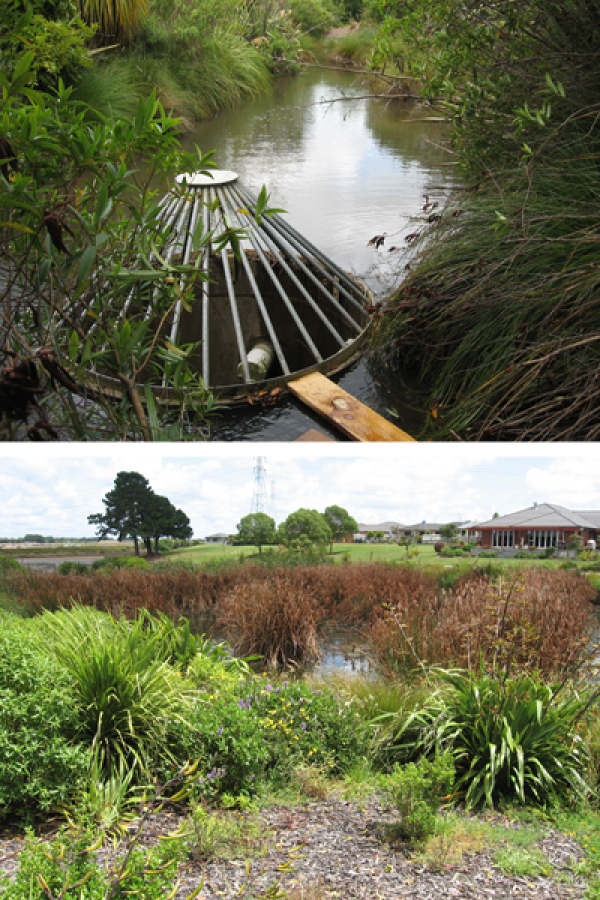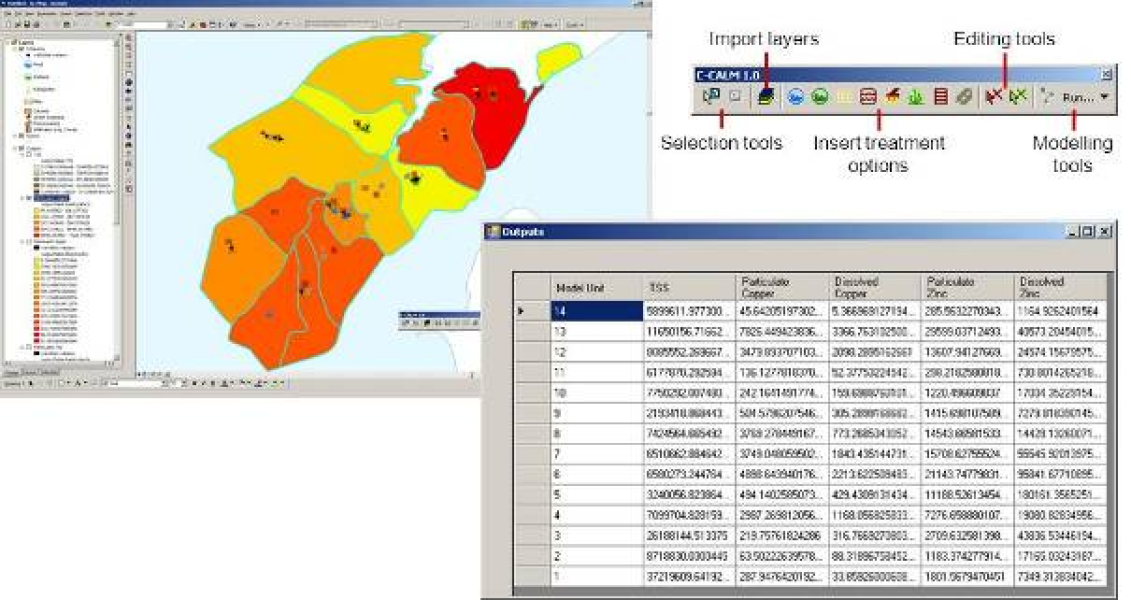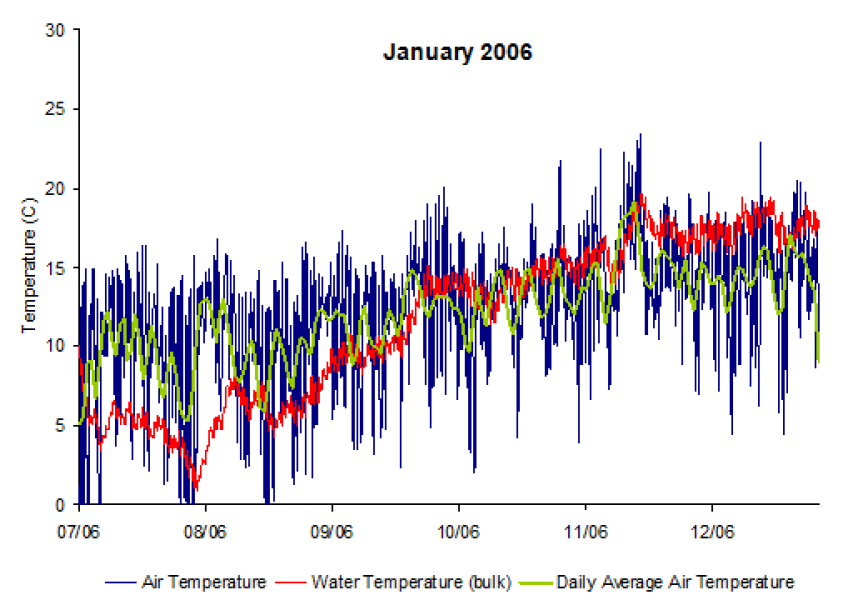Mathematical models are tools which help us to understand or predict the impact of urban stormwater drainage and management processes on fresh water and coastal ecosystems.
Typical problems include determining the impacts of land use or climate change on the efficiency or design of stormwater management devices, and simulating the build-up and wash-off of contaminants from urban sources and predicting their fate in receiving environments. The type of model applied depends on the purpose and scale of the study, and the extent of data available.
Some examples of projects which demonstrate our experience in developing and running stormwater models include:
C-CALM is a GIS-based spatial decision support system developed by NIWA for planning applications. It estimates annual loads of total suspended solids (TSS) and particulate and dissolved zinc and copper from diffuse sources at the sub-catchment or stormwater management scale. The estimated loads are then adjusted for water treatment in a variety of stormwater management devices, either singly or in trains.
The development of C-CALM called for sub-models to simulate contaminant accumulation and wash-off and the performance of wetlands and ponds and raingardens under a variety of physical conditions. C-CALM is based on the Auckland Council spreadsheet Contaminant Loads Model (CLM) and has been used in a number of projects including for the Northland Regional Council and the former Waitakere City Council.
We have undertaken major studies for Auckland Council (the Central Waitemata Harbour and Southeastern Manukau Harbour studies) which investigated the impacts of historical and proposed future land use change and levels of water treatment on the quality of harbour sediments.
These projects involved extensive data collection and linked with an array of different modelling tools including an urban contaminant loads model, a sediment erosion and stream transport model and a suite of hydraulic models to simulate harbour circulation and sediment deposition. Reports from the Central Waitemata Harbour and Southeastern Manukau Harbour studies can be downloaded from Auckland Council's technical publications website.
- Coupled modelling of wetland water and energy balances.
A model was developed for the former Auckland Regional Council in order to investigate the potential downstream impacts of outflows from constructed stormwater wetlands. Of particular concern was the possibility that wetlands can increase water temperatures and therefore reduce the ecological health of receiving environments.
The model simulated the effects of turbulent and radiative fluxes, and included shading by emergent and riparian vegetation. The full report, Hydrology of Wetlands, can be downloaded from Auckland Council's technical publications website.
Hydrology of Wetlands (PDF 4.3 MB)
- Developing a conceptual mathematical model of the processes by which raingardens remove sediment from stormwater to better understand the impact of different particle sizes on the efficiency of stormwater treatment, and to facilitate better prediction of raingarden performance.
In addition to these projects, we work closely with other researchers at NIWA and have access to a wide range of modelling tools and expertise.




